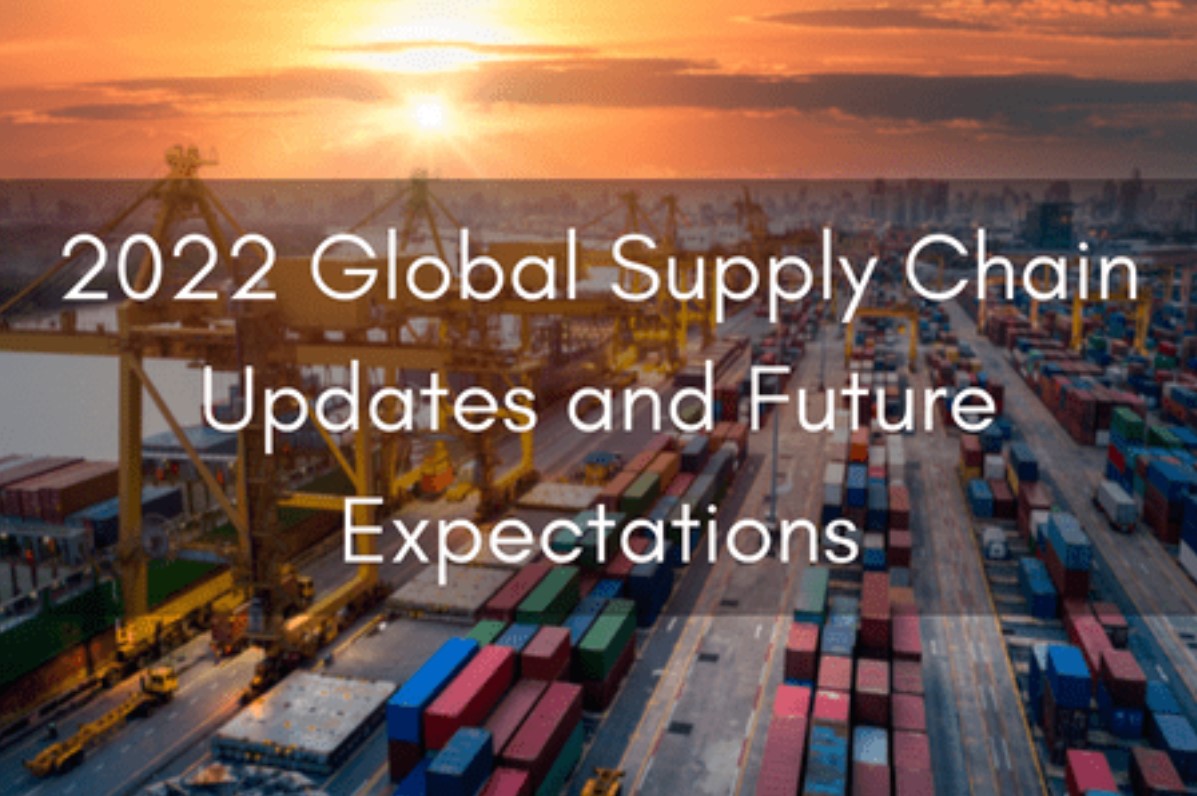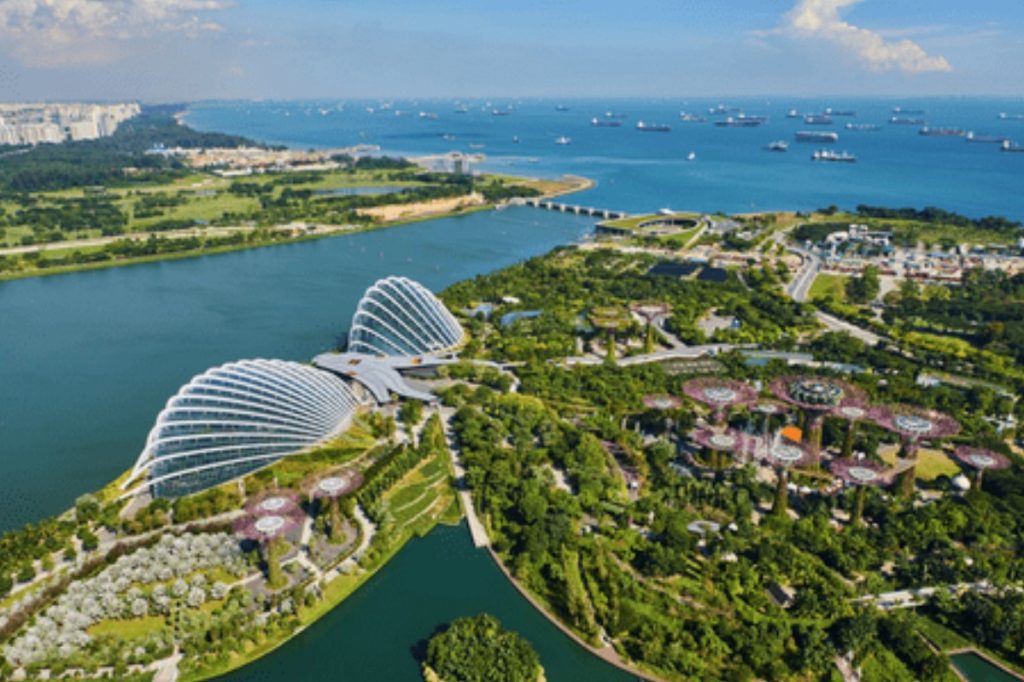
In a survey from the Wall Street Journal, about 45% of economists believed that it would take until the second half of 2022 for there to be improvement in the global supply chain issues.
Although there are signs that some bottlenecks are easing, the onset of the Omicron Covid variant could lead to new shutdowns, sending another disruptive spasm through the global supply chain system.
Let’s take a look at the current supply chain landscape across the globe and the projections over the coming months:

Australia
Did you know that according to the Cordell Construction Cost Index, residential and commercial construction costs in Australia have recorded an annual increase of a staggering 7.1 per cent?
As supply chain and logistics issues worsen in parts of the world and the spectre of Covid returns to haunt China once more, there are growing concerns that Australian businesses and consumers could be impacted in the coming months and into next year.
In fact, David Leaney, a lecturer for international supply chain management at ANU’s College of Business and Economics, told news.com.au things would “get worse before they get better”. He also added that “Most of the current supply chain issues are caused by staff shortages due to Covid. This relates to staff shortages at all points along the supply chain”.
Stock is also ‘stuck’ in various bottlenecks along the supply chain. Additionally, “It will take months to solve these supply chain issues and return to a smooth efficient working international and national supply chain,” he said.

UK
In a Chartered Institute of Purchasing and Supply (CIPS) survey, it was revealed that 85% of UK businesses had experienced supply chain disruption in 2021 as businesses continued to grapple with the impact of the Covid-19 pandemic.
Of this group, a third have brought production back to the UK as ties are cut with international suppliers. Most of this group expected issues in supply chain logistics to continue well into 2022, with nearly three-quarters (71%) expecting supply chain interruptions to last for six months or more.
Additionally, 71% of supply chain managers had experienced delivery delays and 49% had been forced to over-order stock. John Glen, the CIPS chief economist, said the situation had highlighted how important smooth running supply chains were to the business community, the economy and the public.

US
According to Phil Levy, chief economist at Flexport, a freight forwarding company based in San Francisco, a normal supply chain is “unlikely to happen in 2022”.
The tightness in warehouses helps explain why U.S. ports remain seized by dysfunction, especially the busiest one, the complex of terminals at Los Angeles and Long Beach. Over the last three months, container ships unloading goods have remained at U.S. ports for seven days on average, an increase of 4% compared with all of 2021, and 21% higher than at the start of the pandemic, according to FourKites, a supply chain solutions company based in Chicago.
Maersk, one of the big three shipping companies, said the worst delays were still on the US west coast where ships were waiting four weeks to unload due to the lack of workers on land. This creates a chaotic “ripple effect” around the world with ships locked into tight deadlines and a glut of containers in some ports in the US and Europe, but not enough in ports throughout Asia.
As ports work through the backlog, they are contending with structural problems — aging and overtaxed infrastructure, a shortage of chassis used to haul containers with trucks, and not enough drivers, even as trucking companies increase pay.

Asia-Pacific
Integrated logistics company Maersk remains cautiously optimistic on the supply chain in the Asia Pacific, even as the global markets continue to face congestion, disruption, and pandemic issues in 2022.
For instance, despite China’s ongoing COVID problem, its resilient and comprehensive supply chain network is predicted to help the country grow by 10% in 2022, according to the World Economic Forum.
In Singapore, factories have reopened since October 2021 and production is steadily picking up in major manufacturing areas of Southeast Asia as Covid-19 cases have dropped in recent weeks, easing some of the supply chain constraints that companies blame for lost sales.
Over the next few years, Asia-Pacific is set to remain the main winner in terms of export gains, whilst energy, electronics, machinery and equipment sectors should continue to outperform in 2022, according to CNBC.
If you would like to build, renovate, fit-out your commercial construction project, contact us today and start a confidential chat.
